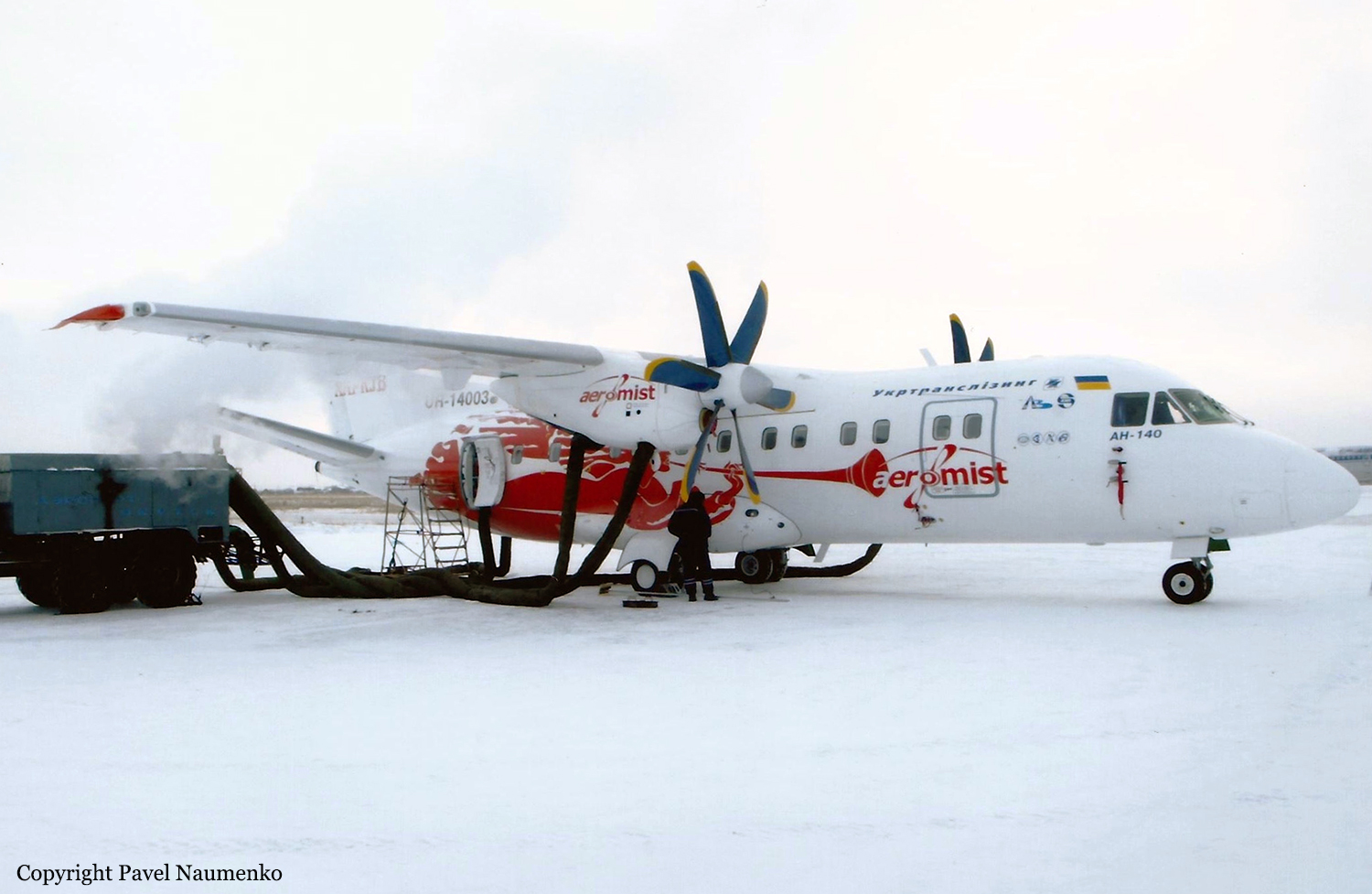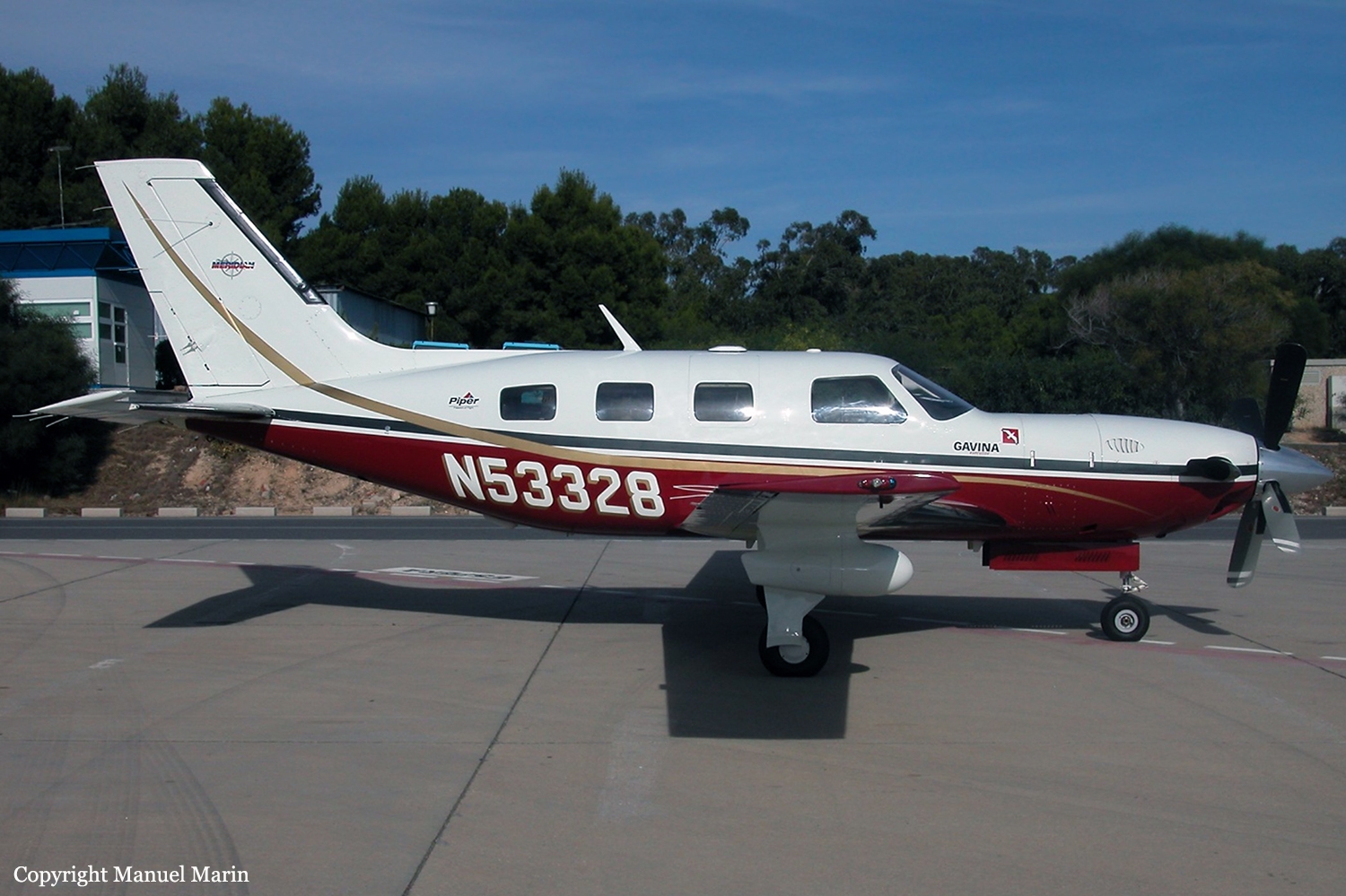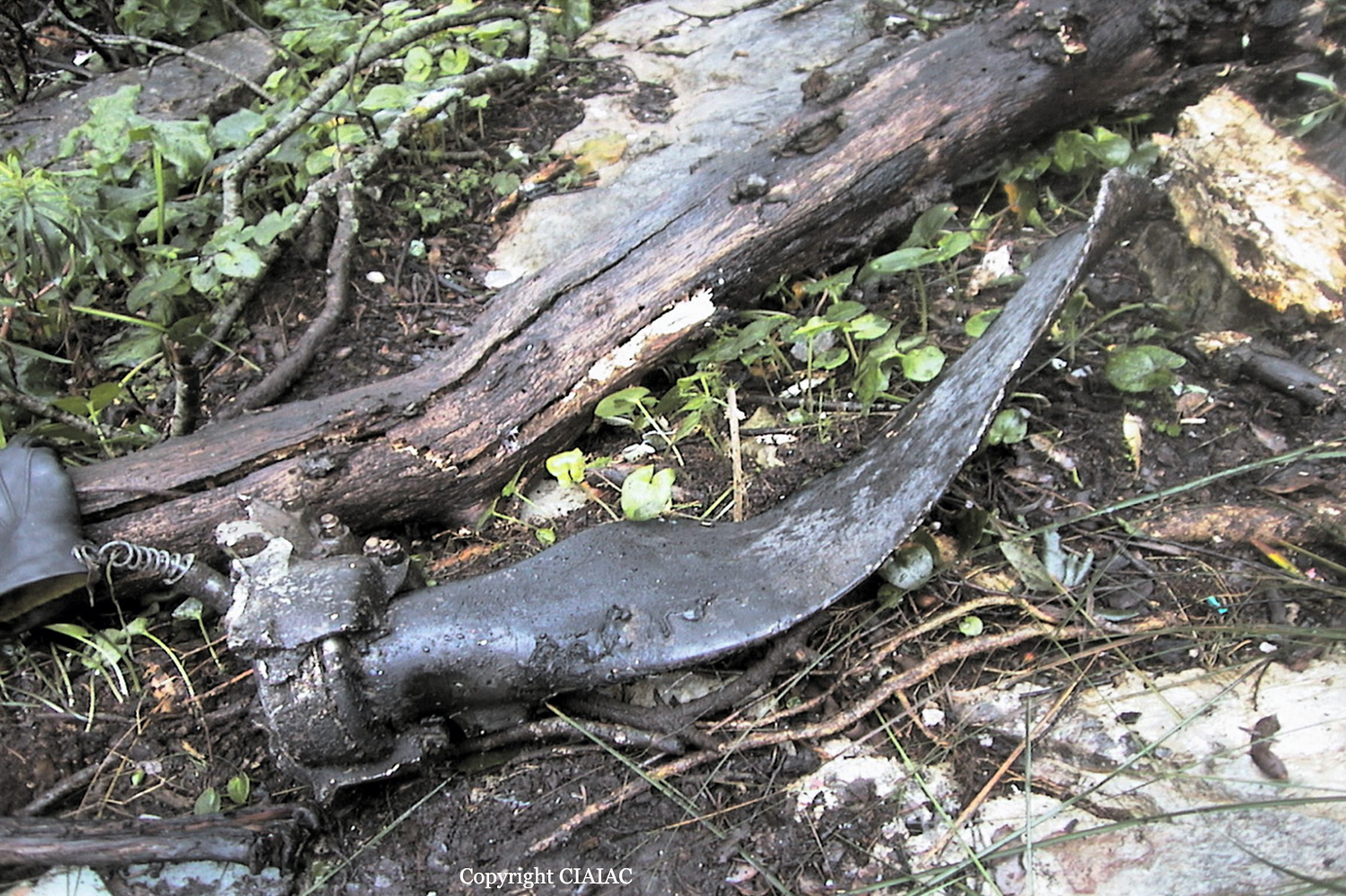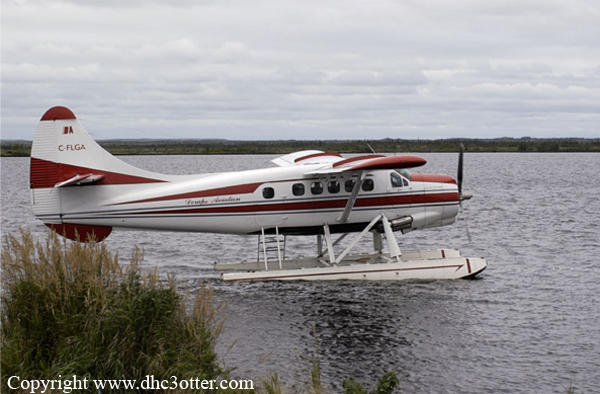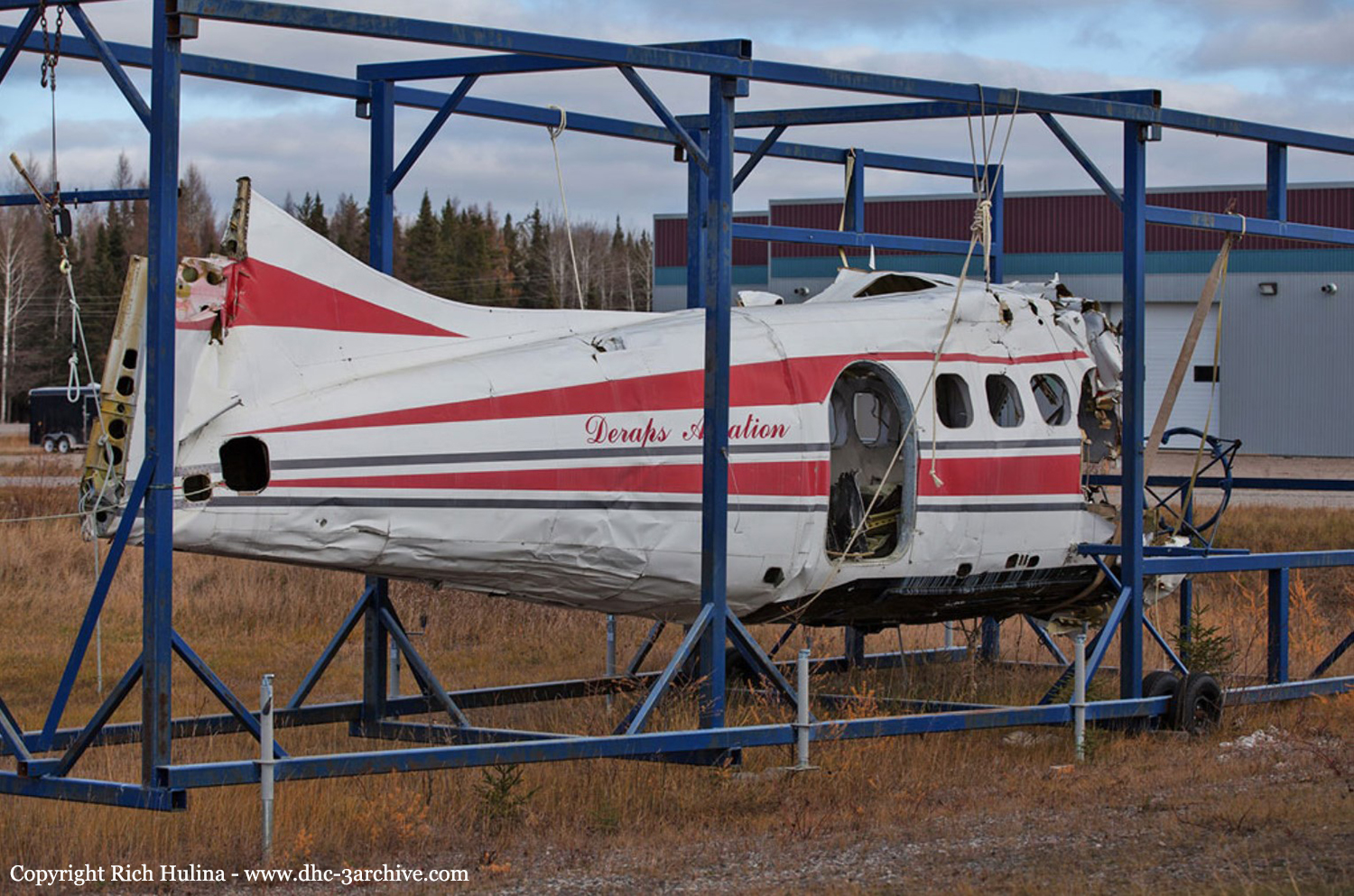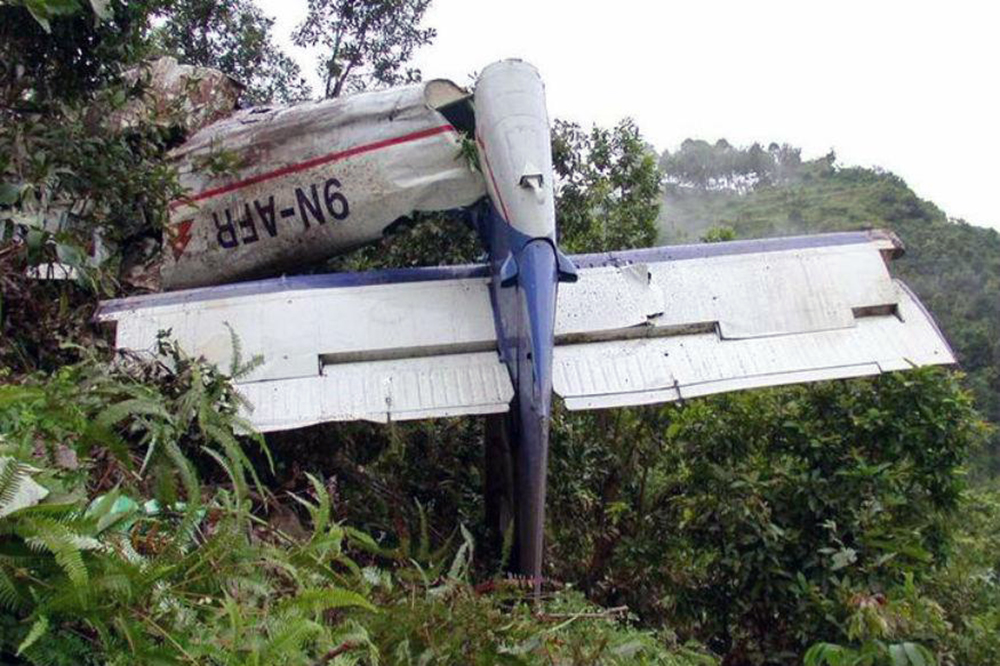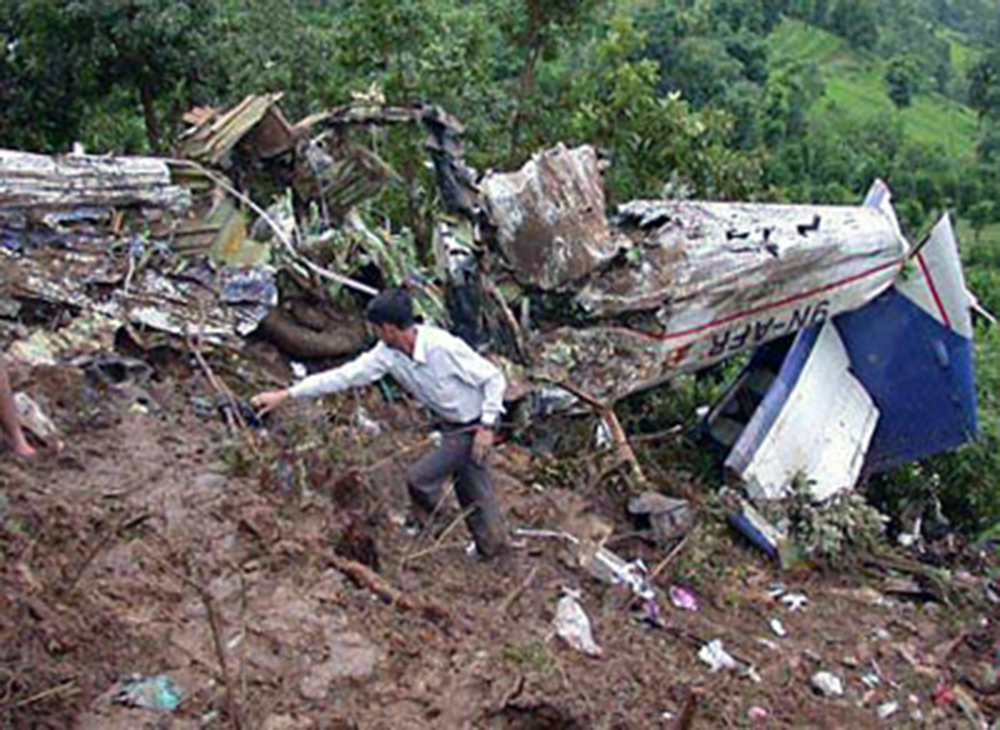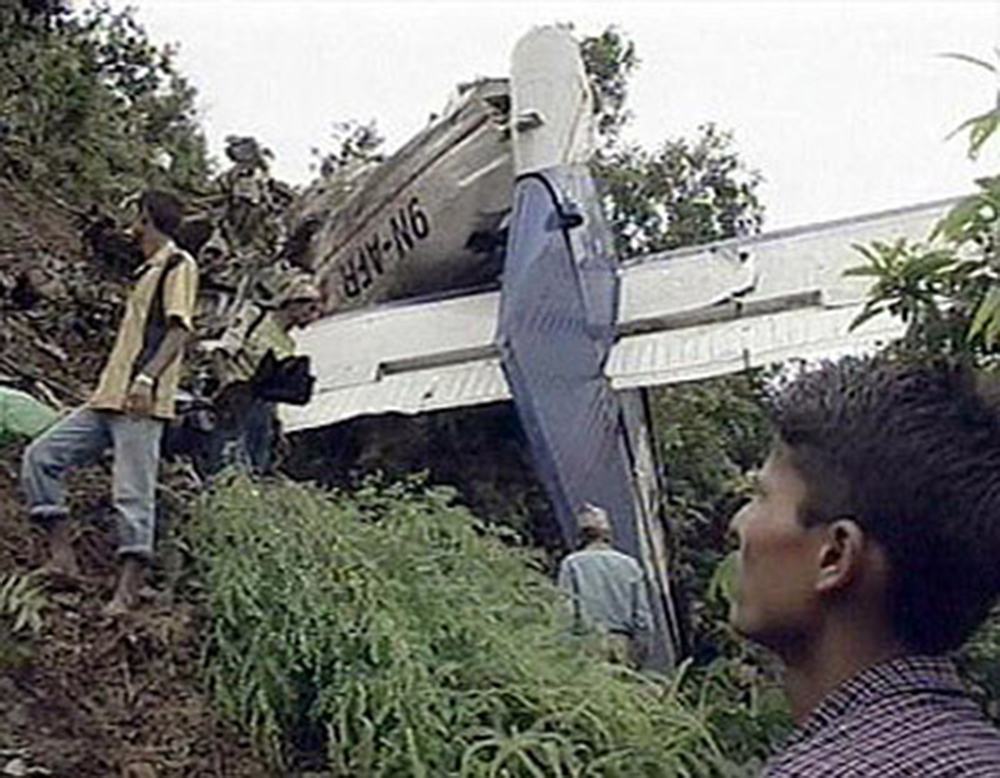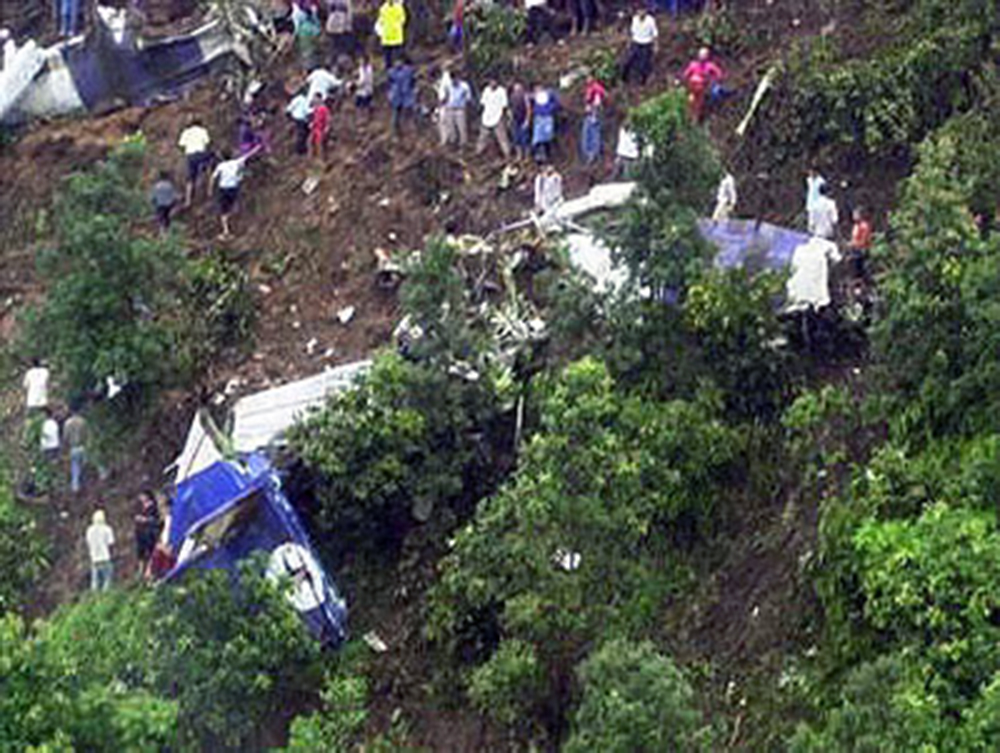Crash of an Antonov AN-140-100 near Isfahan: 44 killed
Date & Time:
Dec 23, 2002 at 1929 LT
Registration:
UR-14003
Survivors:
No
Schedule:
Kharkov - Trabzon - Isfahan
MSN:
253 02 008
YOM:
2002
Flight number:
AHW2137
Crew on board:
6
Crew fatalities:
Pax on board:
38
Pax fatalities:
Other fatalities:
Total fatalities:
44
Aircraft flight hours:
70
Circumstances:
The aircraft departed Kharkiv Airport on a charter flight to Isfahan, Iran, with an intermediate stop in Trabzon, carrying 38 passengers and six crew members. All the occupants were engineers working for Antonov and flying to Isfahan to conduct test flights on the first Iran-140, a prototype built under licence by HESA Company. While descending to Isfahan Airport by night and marginal weather conditions, the aircraft struck the slope of a mountain located 30 km from the airport. The aircraft was totally destroyed and all 44 occupants were killed.
Probable cause:
Controlled flight into terrain after the pilots failed to use properly the GPS system installed in the cockpit.
